The Evolution of Animation: 10 Moments That Changed Film Forever
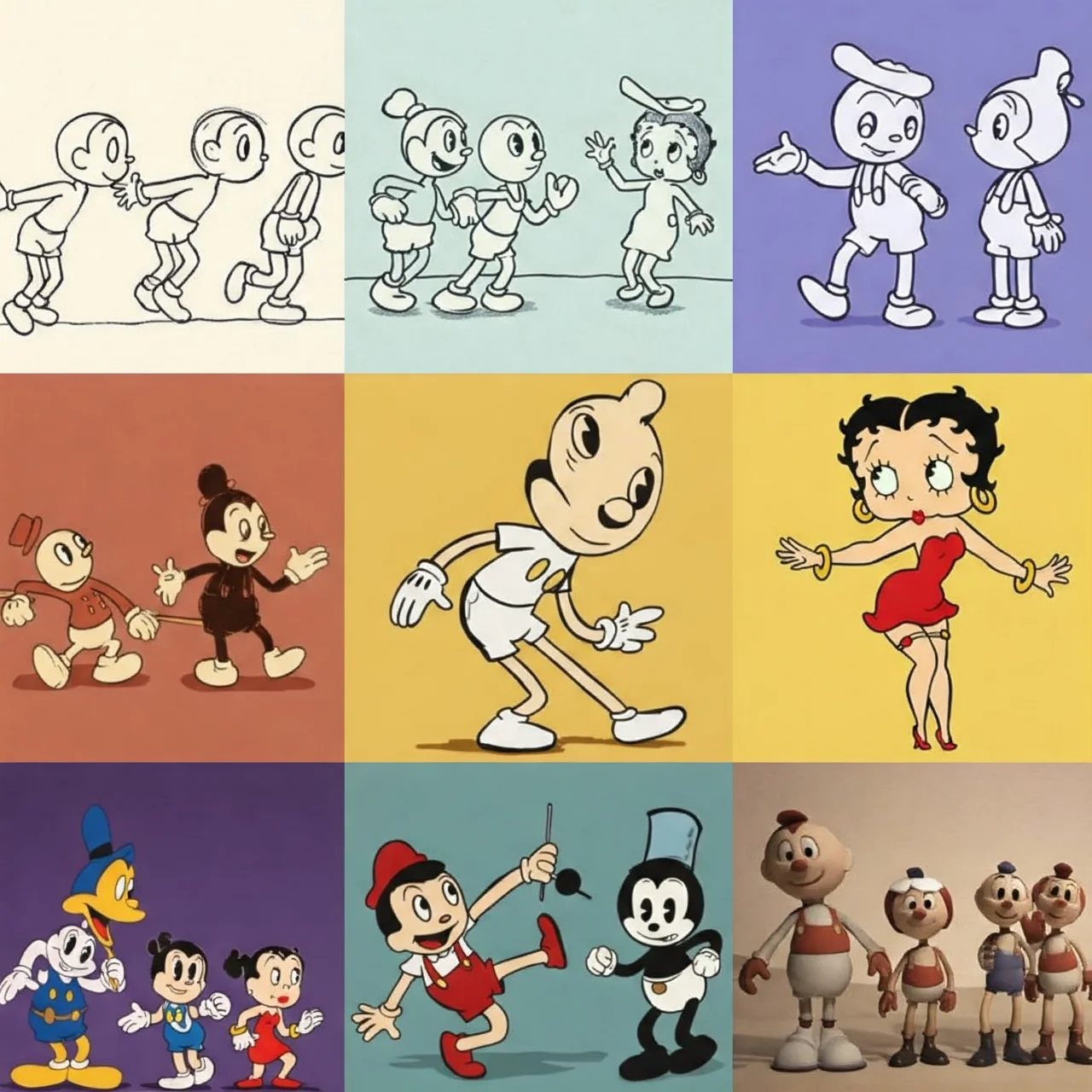
Introduction: A Century of Animated Dreams

From flickering images to breathtaking CGI, animation has captivated audiences for over a century. This art form isn't just for kids; it’s a powerful storytelling medium constantly pushing the boundaries of creativity and technology. This listicle explores the 10 most significant landmark moments in the evolution of animation, charting a course from its humble beginnings to the sophisticated productions we enjoy today. Prepare to rediscover how animation’s journey reflects our own evolving world and imagination. Understanding this evolution provides deeper appreciation for the craft and its continuing innovation.
1. Praxinoscope (1877): The Dawn of Illusion
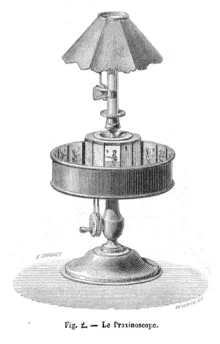
Charles-Émile Reynaud's Praxinoscope wasn't the *first* attempt at animation, but it was a crucial stepping stone. This optical toy used a rotating drum with mirrored strips, creating a seamless illusion of movement in hand-painted images. It effectively addressed the jerky motion of earlier devices like the zoetrope, offering a smoother, more believable animated experience. Reynaud’s theatrical presentations using the Praxinoscope can be considered some of the earliest animated public performances, laying the foundation for future storytelling through motion. It pioneered the concept of projected animation.
2. J. Stuart Blackton’s *Humorous Phases of Funny Faces* (1906)
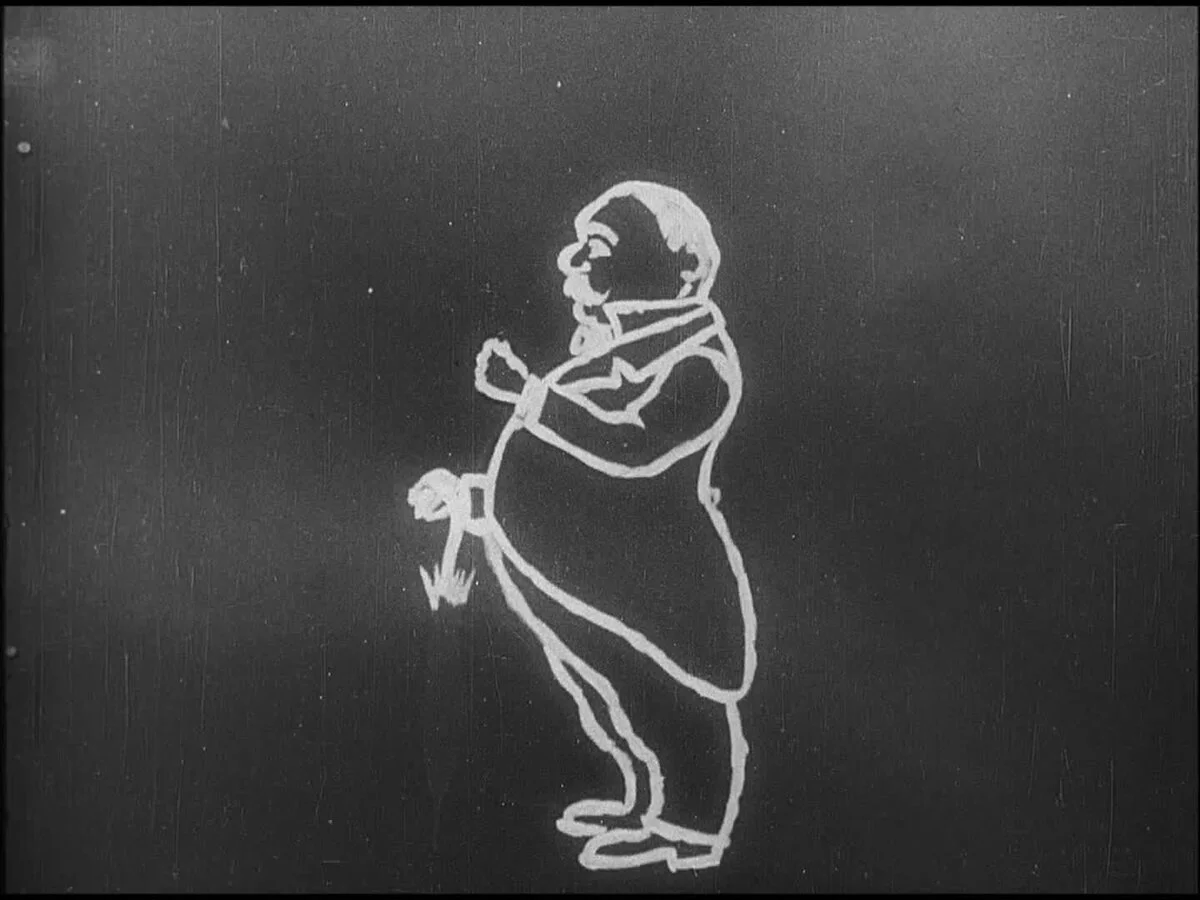
Often credited as one of the first true animated films, *Humorous Phases of Funny Faces* used chalk drawings and stop-motion techniques to bring simple faces to life. J. Stuart Blackton, a magician and newspaper illustrator, cleverly combined live-action footage with his animated drawings. This pioneering film demonstrated the potential of animation as a form of entertainment and storytelling. While extremely basic by today’s standards, it captured the public imagination and sparked widespread interest in this nascent art form and set the stage for the animation industry.
3. Émile Cohl’s *Fantasmagorie* (1908)
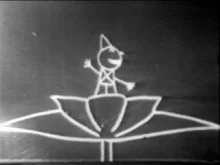
*Fantasmagorie* is a landmark achievement in early animation, entirely drawn on a black chalkboard. Émile Cohl’s film is characterized by its surreal, abstract, and constantly morphing imagery. He crafted the images frame by frame, then photographed each drawing before making alterations for the next. The result is a whimsical and bizarre world showcasing the incredible freedom and versatility afforded by the new medium. It demonstrated that animation could be entirely imaginative, unconstrained by reality and cemented its path as a creative artform.
4. Disney’s *Steamboat Willie* (1928): Sound and Sync!
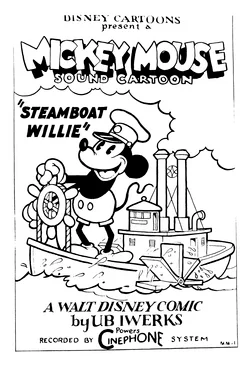
*Steamboat Willie* wasn't the first cartoon with synchronized sound, but it was the first *successful* one, instantly catapulting Mickey Mouse (and Disney) to superstardom. The innovative use of synchronized sound – music, sound effects, and even dialogue – dramatically enhanced the storytelling and comedic impact. This milestone changed animation from a silent novelty to a compelling and immersive entertainment experience. The film's success ushered in the ‘Golden Age of Animation’ and set a new standard for the industry.
5. *Snow White and the Seven Dwarfs* (1937): Feature-Length Revolution
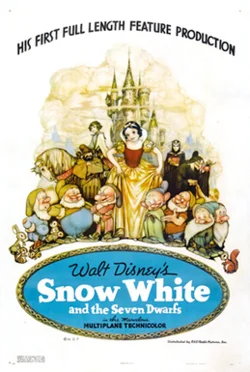
Disney’s *Snow White* wasn't just a longer cartoon; it was the first full-length cel-animated feature film. This ambitious project proved that animation could sustain a complex narrative and emotional depth over 90 minutes. It demanded new techniques in animation, storytelling, and character development. The film’s success broke down barriers, demonstrating animation's potential as a serious art form and providing a blueprint for future animated features. It redefined the boundaries of what animation could achieve.
6. UPA’s Limited Animation (1950s): Style Over Substance?
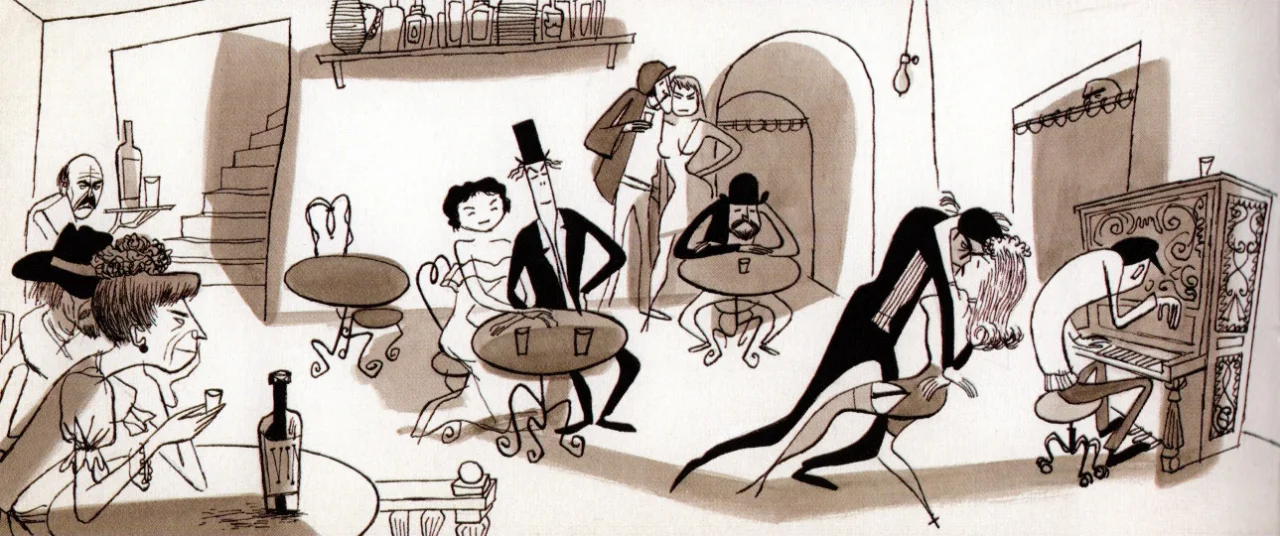
United Productions of America (UPA) revolutionized animation aesthetics in the 1950s with its ‘limited animation’ style. Rejecting Disney’s lavish, full animation, UPA focused on stylized designs, bold colors, and simplified movements, prioritizing visual impact and clever storytelling over meticulous realism. *Gerald McBoing-Boing* shows characteristics of this style. This approach drastically reduced production costs, making animation accessible for television shows and commercials. It challenged traditional norms, proving that strong design and creative storytelling could triumph over technical complexity.
7. *Akira* (1988): Anime Takes Center Stage
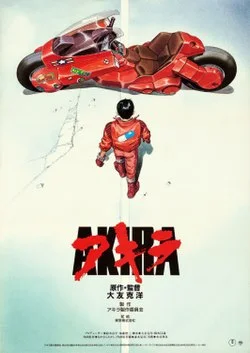
Katsuhiro Otomo’s *Akira* wasn't just a massive hit in Japan; it introduced anime to a global audience in a profound way. With its stunning visuals, complex cyberpunk narrative, and mature themes, *Akira* demonstrated the artistic and storytelling potential of Japanese animation. It significantly influenced Western animation, inspiring filmmakers and artists. The film’s influence stretches far beyond animation, impacting science fiction, manga, and overall visual culture.
8. *Toy Story* (1995): The CGI Revolution
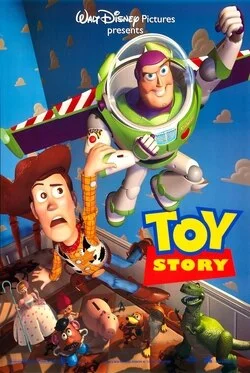
*Toy Story* wasn’t just the first fully computer-animated feature film; it was a cultural phenomenon. Produced by Pixar Animation Studios, it proved that CGI could deliver emotionally resonant storytelling and charming characters. The film's success sparked a revolution in animation, paving the way for the dominance of computer animation in mainstream filmmaking. It redefined audience expectations and opened up a world of possibilities for visual creativity—ushering in a new era for animated storytelling.
9. Motion Capture Technology (Early 2000s - Present)
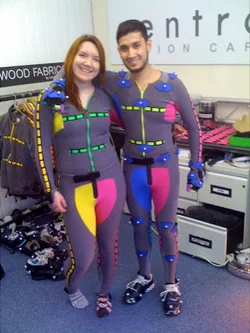
The increasing sophistication of motion capture technology has allowed animators to create incredibly realistic and nuanced character movements. By recording the performance of live actors, animators can translate human performance into digital characters with greater accuracy and detail. Films like *The Polar Express* and *Avatar* demonstrated its potential, impacting character performance and realism. It broadened the range of storytelling capabilities, resulting in more immersive and emotionally engaging animated experiences.
10. The Rise of Indie Animation (2010s-Present)
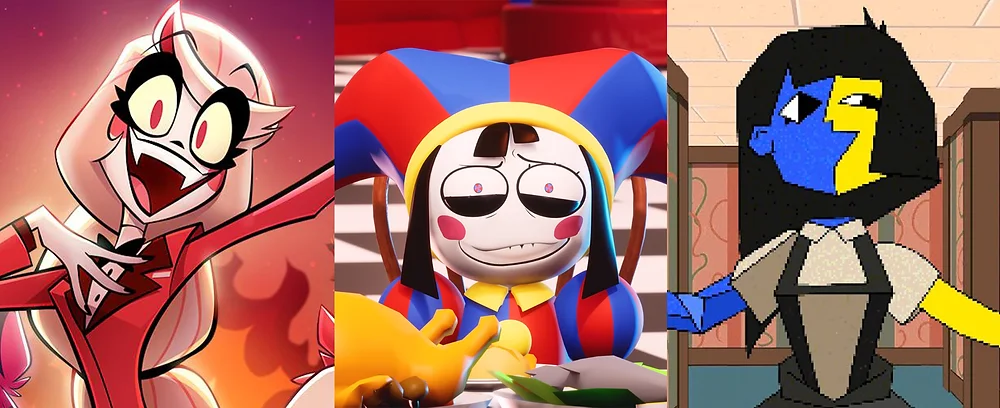
Digital tools have democratized animation, allowing independent creators to produce high-quality content outside of traditional studio systems. Platforms like YouTube and Vimeo have provided a space for these artists to showcase their work and build audiences. Films like *Klaus* demonstrate the quality possible. This surge in indie animation is fostering innovation, diversity, and a wider range of storytelling voices. It pushes the boundaries of the medium and continually rejuvenates animation's creative landscape.
Comments
Loading comments...